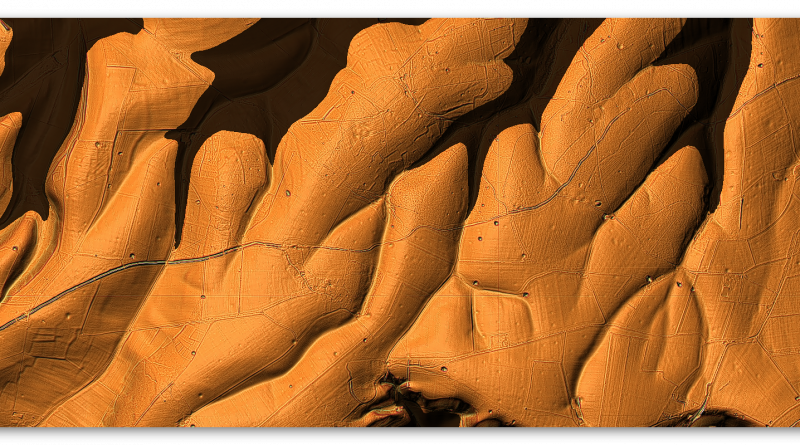
1004719 – Wansdyke: section from S of Furze Hill to Marlborough-Pewsey road
Historic England Scheduled Monument: 1004719 – LiDAR Tile: SU16NE – Wiltshire
GE Map
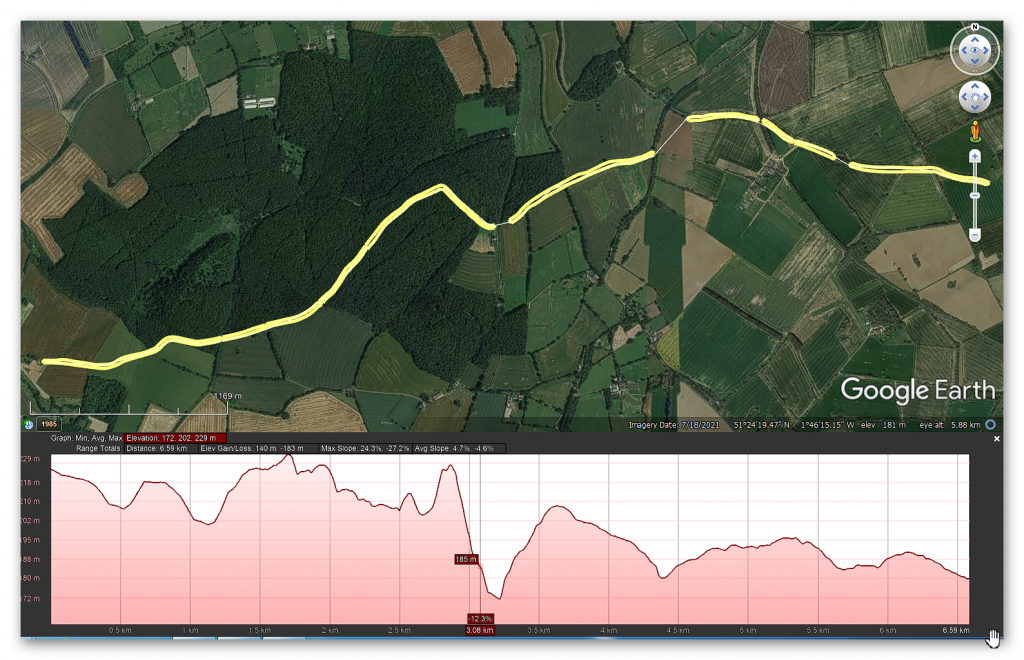
OS Map

1800 OS Map
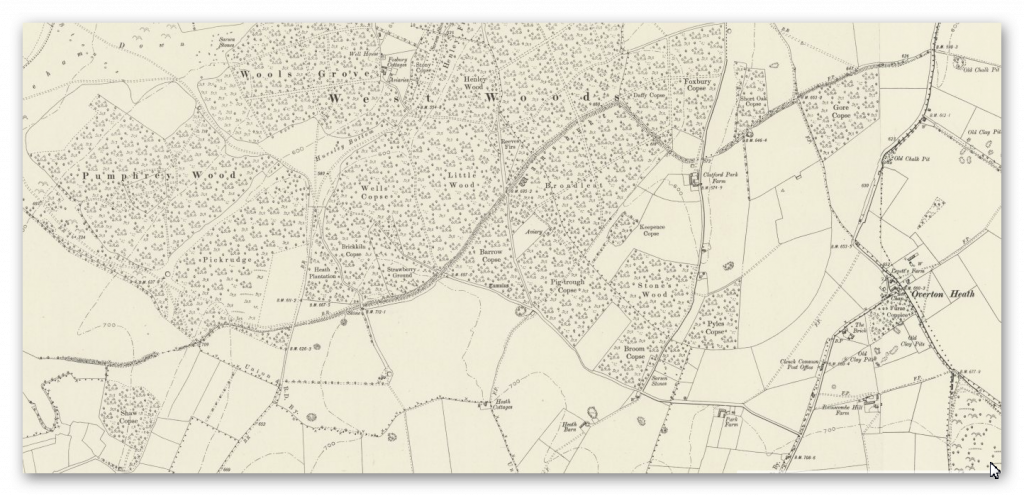
LiDAR Map
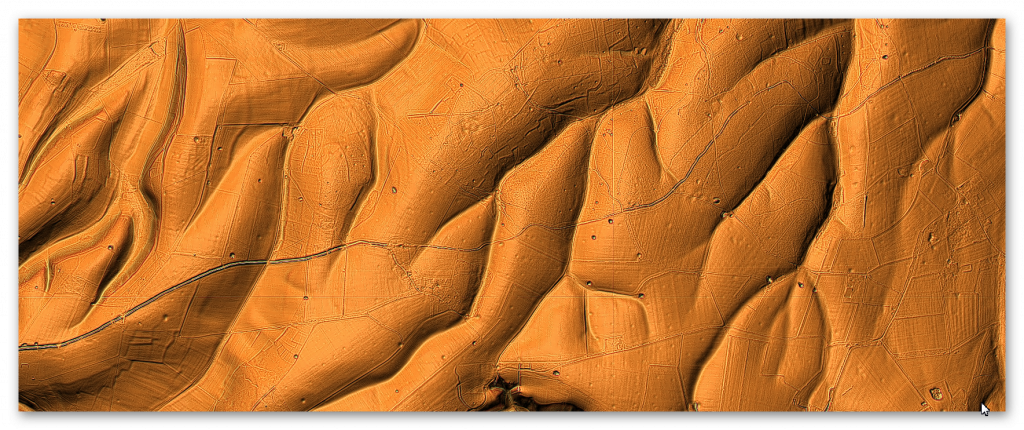
LiDAR (with Prehistoric water levels)
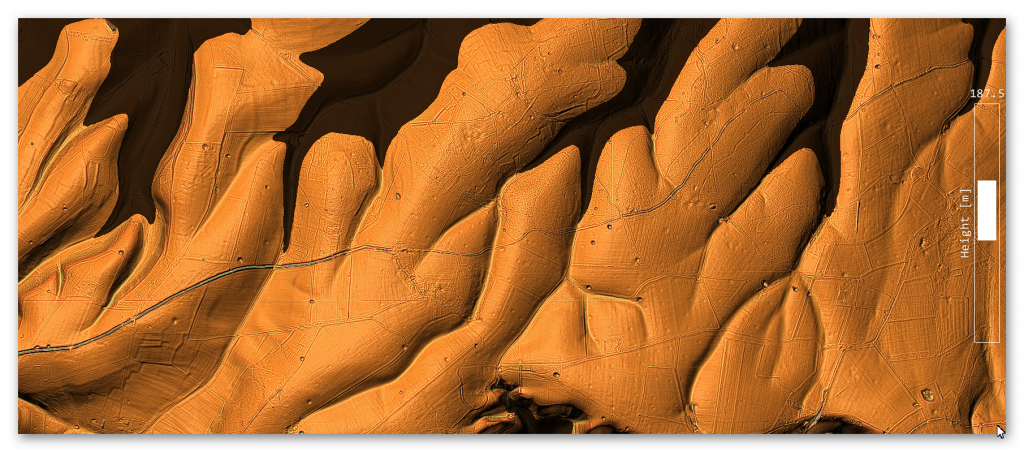
Dyke: SU 16115 66360
Length (m): 2370
Orientation: NW – SE
Class Designation*:
Overall Width (m): 23
Ditch Width (m): 12
Bank Width (m): 12
Connectivity**: Paleochannel
Ditch Shape: ?
Volume (cu.m): 36,972 (@ 1.3 depth)
Man hours to complete:
Estimated Construction Date: ?
Number of Quarries*** (within 200m): 6
Number of Springs**** (within 200m): 0
Scheduled Monument Report:
There is no HE report on the monument.
Analysis:
LiDAR Analysis shows that this Dyke may have been originally straight (meeting a previous river) and had a 90% turn south added to meet the lower water levels of the past – there is evidence of several quarries on the banks of the old river.
References:
https://historicengland.org.uk/listing/the-list/list-entry/1007136
https://prehistoric-britain.co.uk/dyke-construction-hydrology-101
Further Reading
For information about British Prehistory, visit www.prehistoric-britain.co.uk for the most extensive archaeology blogs and investigations collection, including modern LiDAR reports. This site also includes extracts and articles from the Robert John Langdon Trilogy about Britain in the Prehistoric period, including titles such as The Stonehenge Enigma, Dawn of the Lost Civilisation and the ultimate proof of Post Glacial Flooding and the landscape we see today. . (TSE DVD Introduction)
Robert John Langdon has also created a YouTube web channel with over 100 investigations and video documentaries to support his classic trilogy (Prehistoric Britain). He has also released a collection of strange coincidences that he calls ‘13 Things that Don’t Make Sense in History’ and his recent discovery of a lost Stone Avenue at Avebury in Wiltshire called ‘Silbury Avenue – the Lost Stone Avenue’. (TSE DVD Introduction)
Langdon has also produced a series of ‘shorts’, which are extracts from his main body of books:
For active discussions on the findings of the TRILOGY and recent LiDAR investigations that are published on our WEBSITE, you can join our and leave a message or join the debate on our Facebook Group.
For in-depth information about British Prehistory, we invite you to explore www.prehistoric-britain.co.uk, an extensive resource featuring archaeology blogs and investigations. This collection includes modern LiDAR reports that shed light on ancient landscapes. Additionally, you will find extracts and articles from the Robert John Langdon Trilogy, offering fascinating insights into Britain during the Prehistoric period. Some notable titles from the trilogy include “The Stonehenge Enigma,” “Dawn of the Lost Civilisation,” and groundbreaking evidence of Post Glacial Flooding and its impact on the landscape we see today.
Robert John Langdon has further enriched the exploration of Prehistoric Britain through his YouTube web channel, boasting over 100 investigations and video documentaries that complement his classic trilogy. In addition to his extensive work, Langdon has unveiled a compilation of intriguing coincidences titled “13 Things that Don’t Make Sense in History.” He has also brought to light his recent discovery of a forgotten Stone Avenue in Avebury, Wiltshire, aptly named ‘Silbury Avenue – the Lost Stone Avenue.’
For those who wish to actively engage in discussions about the findings from the TRILOGY and recent LiDAR investigations, we invite you to join our community. You can participate by leaving messages and joining debates on our dedicated Facebook Group. We encourage open dialogue and the exchange of ideas to foster a deeper understanding of Prehistoric Britain and its fascinating mysteries.
As you embark on your journey through British Prehistory, we hope these resources provide valuable insights and inspire further exploration of this captivating field of study.
